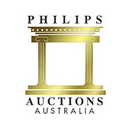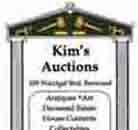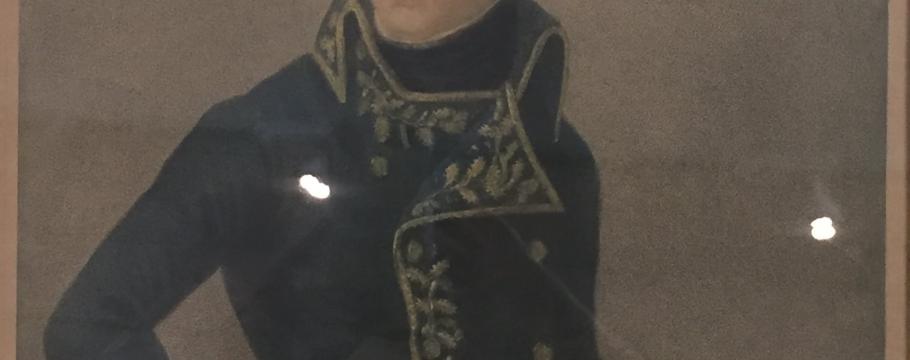
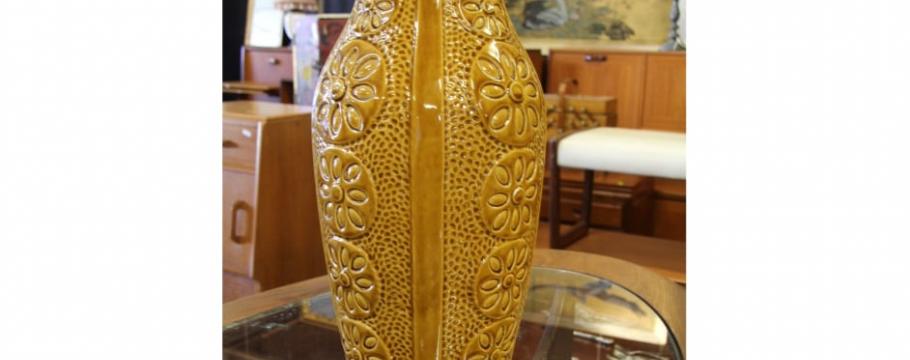
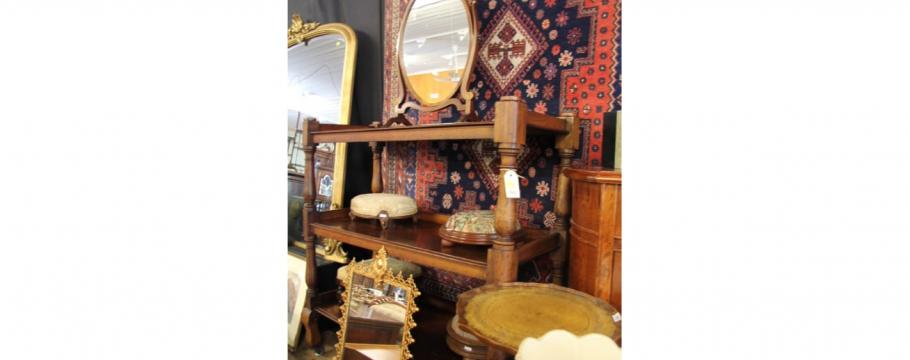
Napoleon mezzotint a popular auction choice
Author: Richard Brewster | Posted: 27th October, 2018
A mezzotint of French emperor Napoleon, made about 1800, is among the more fascinating highlights of E.J. Ainger’s forthcoming auction from 9.30am Tuesday October 30 at 433 Bridge Road, Richmond.
Invented by the amateur German artist Ludwig von Siegen (1609-c1680), mezzotint is a print made from an engraved copper or steel plate – the surface of which has been scraped to give respective areas of shade and light.
The technique was popular and much used in the 17th, 18th and early 19th centuries for painting reproductions.
Von Siegen’s earliest print dates from 1642 and the process then found its way to England where artist Sir Peter Lewly saw its potential for publicising his portraits and encouraged several Dutch printmakers to come to his country.
From the 18th century, the process was widely used in England for reproducing portraits and other paintings but by the mid-1800s had virtually been supplanted by other printmaking techniques.
From about 1760 to the infamous 1929 Wall Street stock market crash, British mezzotint collecting was a massive craze – even spreading to America.
British portraits were the sought after items because hit oil paintings from the Royal Academy Summer Exhibition were routinely and profitably reproduced in mezzotint during this time.
The favourite collecting period was from 1750 to 1820, the great British portrait period, and there were two basic collecting styles.
One concentrated on complete collections of material within a certain scope, while the other aimed at perfect condition and quality, or virtual “proof” state achieved from the first mezzotint prints produced from any given engraved plate.
Other auction highlights include a luxurious and enormous woven tapestry and a massive oil painting by well-known Australian artist Kim Kennedy – along with several Australian and overseas oils, watercolours and graphics.
Furniture from deceased estate items from two Dutch families (with items brought from The Netherlands and Indonesia) features prominently, while there is a fine selection of English 1960s retro teak includes sideboards, dressing tables, chairs, chests and nests of tables.
The auction also contains a large selection ceramics including 19th century English porcelain, crystal, glassware, brass, copper, continental silverware, table lamps and three-piece French clock sets.
